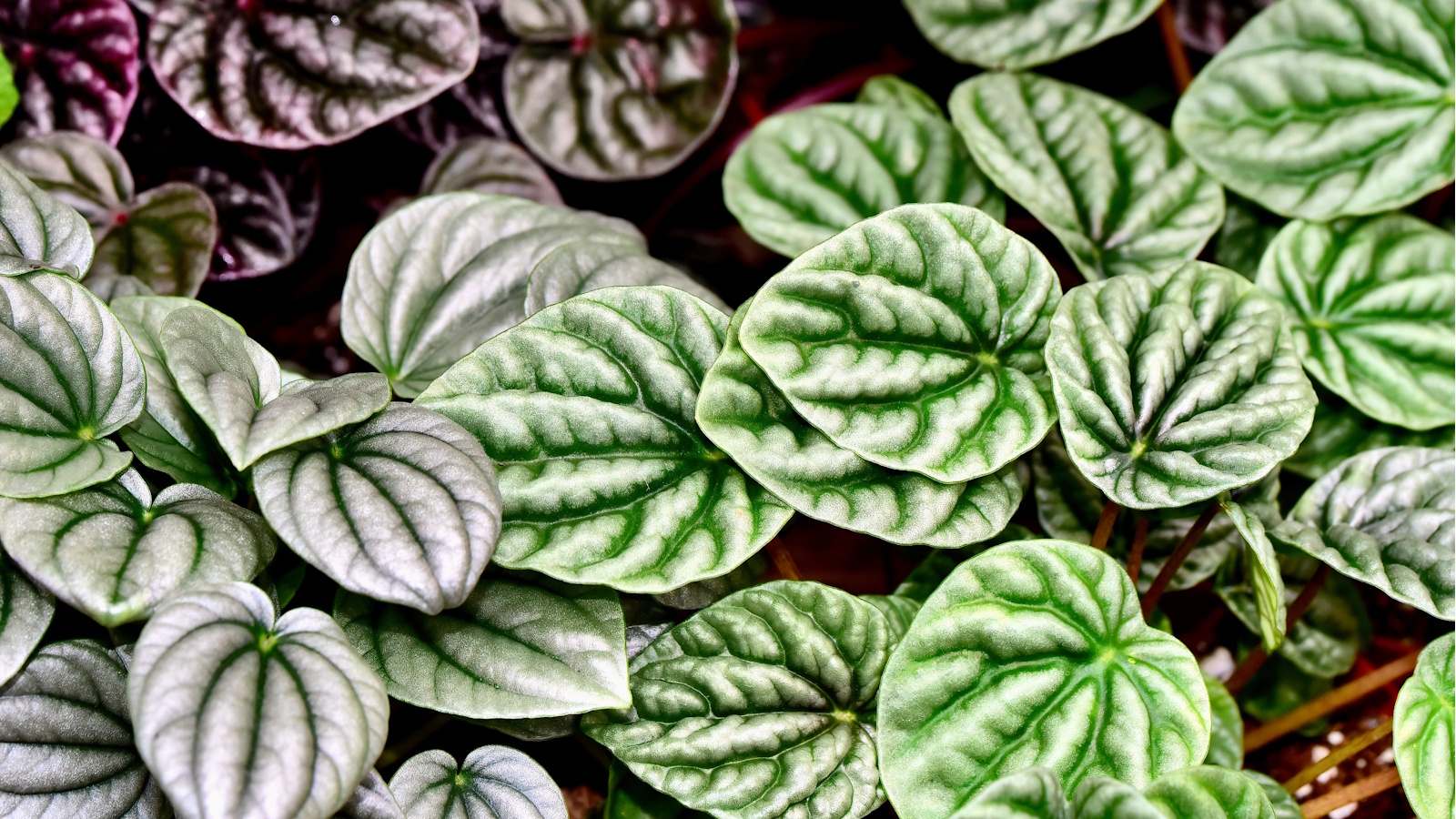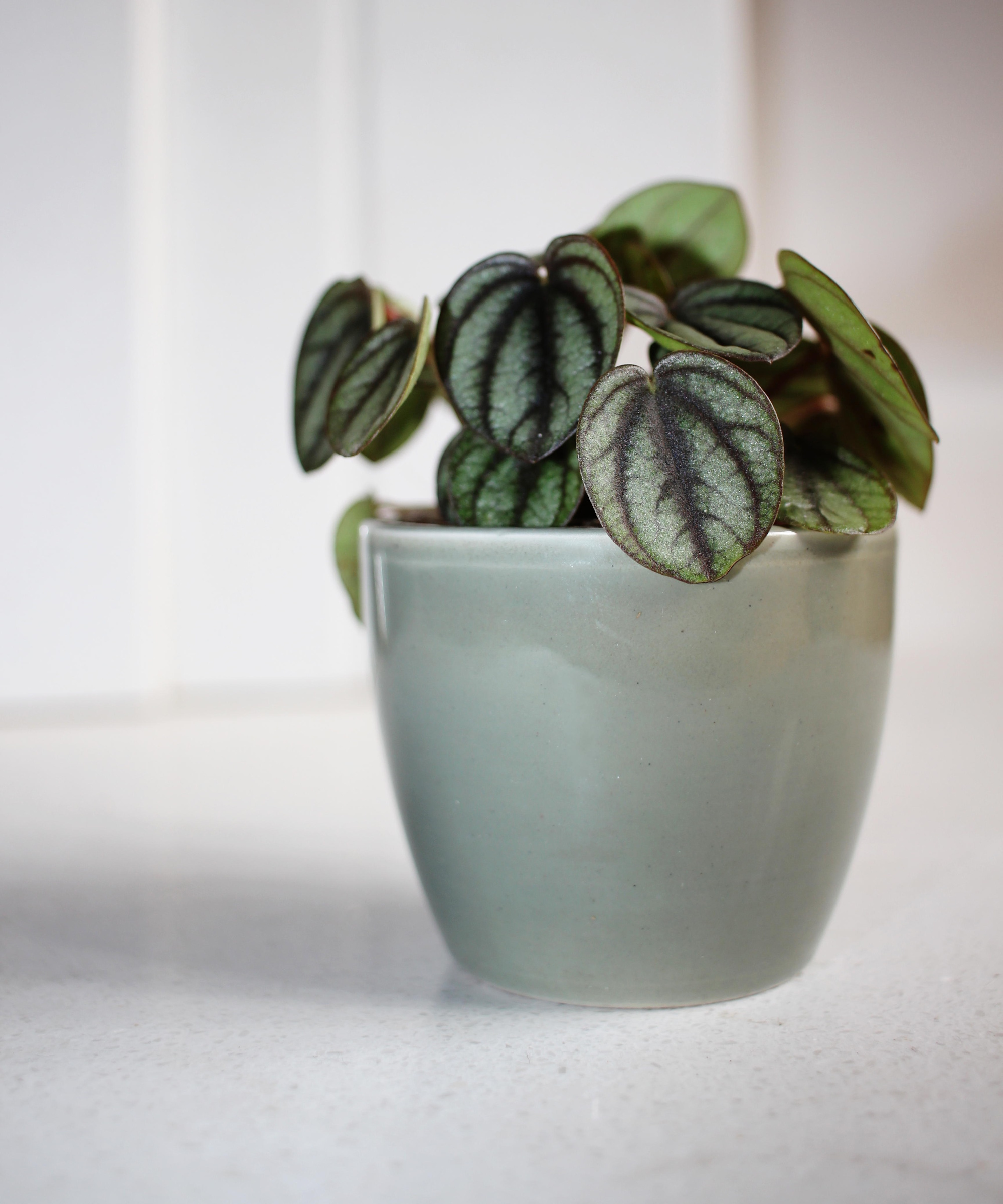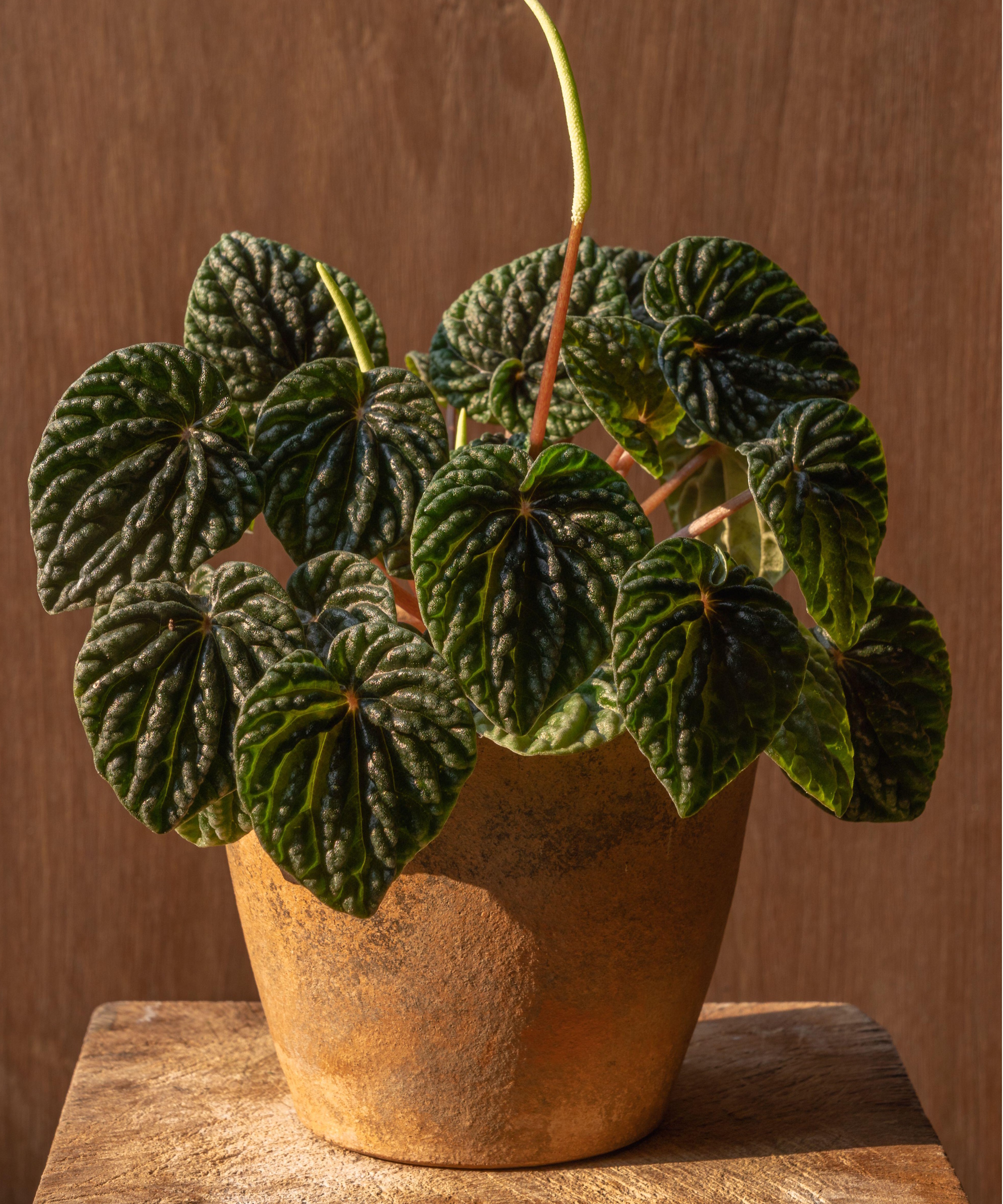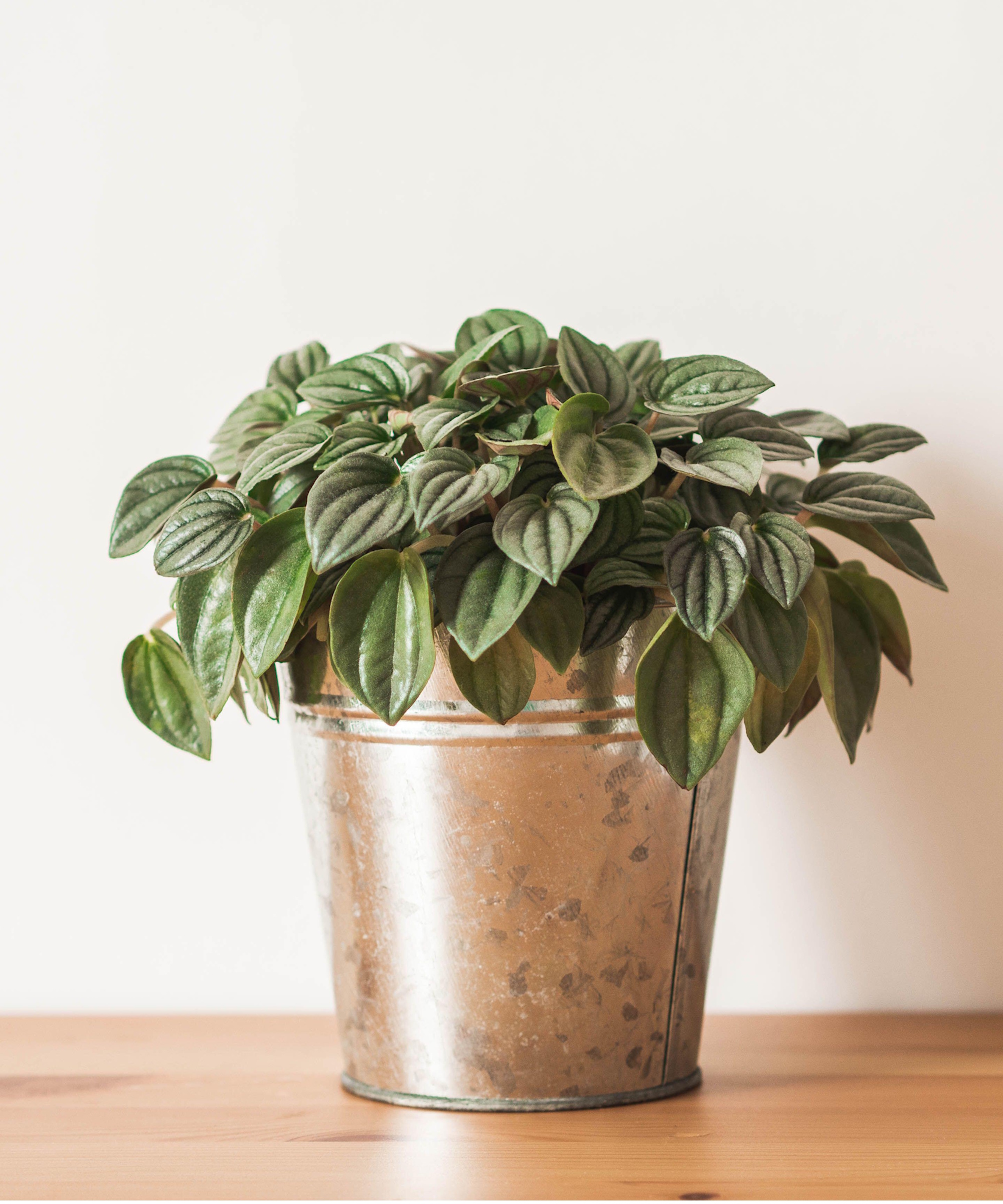
Peperomia plants, also known as radiator plants, are a large family of houseplants with decorative, textured leaves. They're usually smaller in size, perfect for a windowsill, coffee table, or empty space on a shelf. They're also fairly easy to care for, so long as you keep a few things in mind.
Native to tropical and sub-tropical regions, primarily in Central and South America but also across the world, peperomia are some of the best indoor plants for a number of spots in the home. They're also beneficial plants to have around, making the list of houseplants that improve your microbiome. Of course, you can only reap this reward by carrying out correct care for peperomia plants.
While there are some slight care differences between different types of peperomias, for the most part you can follow a few staple rules. Here, plant experts share their top tips for these unique, dazzling houseplants.

3 care tips for peperomia plants
There really is a peperomia for every home, no matter your personal taste, the colors of your interiors, or the growing conditions you can provide. Some of the best include Peperomia obtusifolia (baby rubber plant) and Peperomia Caperata (ripple peperomia). Whichever one you end up choosing, houseplant experts want you to keep these three tips in mind to care for peperomia plants correctly:
1. Opt for a lower light position for your peperomia

Indoor gardeners with a lack of natural light will be happy to know peperomia plants are, generally speaking, indoor low light plants. In fact, they don't cope well with direct sun, which can cause leaf scorch to their most prominent feature.
'I find an east or west-facing window is perfect,' says Lisa Eldred Steinkopf, houseplant expert at The Houseplant Guru. 'A good bright light, but not full sun, such as a south window which would be too much,' she adds.
As with other lower light plants, it's important not to assume this means no light. A lack of light for peperomia plants may cause issues such as fading variegation and leaf drop.
'If you have too little light, consider using grow lights for houseplants,' Lisa suggests. Grow lights (from Amazon) are a particularly useful tool when caring for houseplants in winter.
This peperomia has silvery green leaves with green and dark purple, textured veins.
This peperomia plant is adored for its glossy green leaves and striking red undersides.
2. Allow your peperomia's soil to almost dry out entirely

Knowing how often to water indoor plants can be tricky to master, especially if you grow a wide range of houseplants all with differing needs. Often, incorrect watering is a common indoor plant mistake that leads to the demise of a plant.
That's why, Julie Bawden-Davis, indoor plant expert at Healthy Houseplants, advises to only 'water peperomia when the soil is approaching dryness.'
'This would be four on the moisture meter (from Amazon), almost three. They don’t like to be overwatered, which can lead to houseplant root rot. If you are in doubt about watering, you are better off waiting a day before watering,' she advises.
Don't worry if you do allow peperomia plant soil to dry out entirely, as they can tolerate short periods of drought. This is largely because their leaves work similarly to succulents, storing water.
Although, allowing peperomia plants to sit in dry soil for too long will result in curling foliage and crisping leaves.
3. Feed your peperomia moderately

When it comes to care for peperomia plants, it's very important to avoid fertilizing mistakes. This includes ensuring peperomia plants receive sufficient essential plant nutrients, but also not overwhelming them with fertilizer, which can cause root burn.
'Peperomia are not heavy feeders but do respond well to occasional feeding. Fertilize every three months spring through fall with a well-balanced fertilizer designed for houseplants (available at Amazon),' Julie advises.
There are lots of houseplant fertilizers to choose from, but a water-soluble product is perhaps the most convenient to apply when watering your peperomia.
Peperomias will also benefit from nitrogen-rich feeds for leafy growth, while phosphorus-rich fertilizers will encourage some types of peperomia to bloom in spring. Our guide to plant fertilizer numbers explains more on this.
'Don’t use more than the label calls for,' warns Lisa. Likewise, remember to stop fertilizing peperomia plants during fall and winter when they aren't actively growing.
FAQs
Are peperomia plants easy to propagate?
Peperomia plants are easy houseplants to grow from cuttings. You should choose a stem with a couple of leaves on it to root in soil.
'The potting mix must be kept moist for them to develop roots,' advises Lisa Eldred Steinkopf, houseplant expert at The Houseplant Guru. 'You can also place the cutting in water and wait for roots to emerge from the bottom of the stem. Once they are an inch or so long, you can plant the cutting in potting mix,' she explains.
If you're unsure where to place your peperomia plant, try positioning it as a bathroom plant. They tend to prefer higher humidity levels, between 40-50%, so you can also adopt methods to increase humidity for indoor plants. This includes, using a pebble tray for plants.







